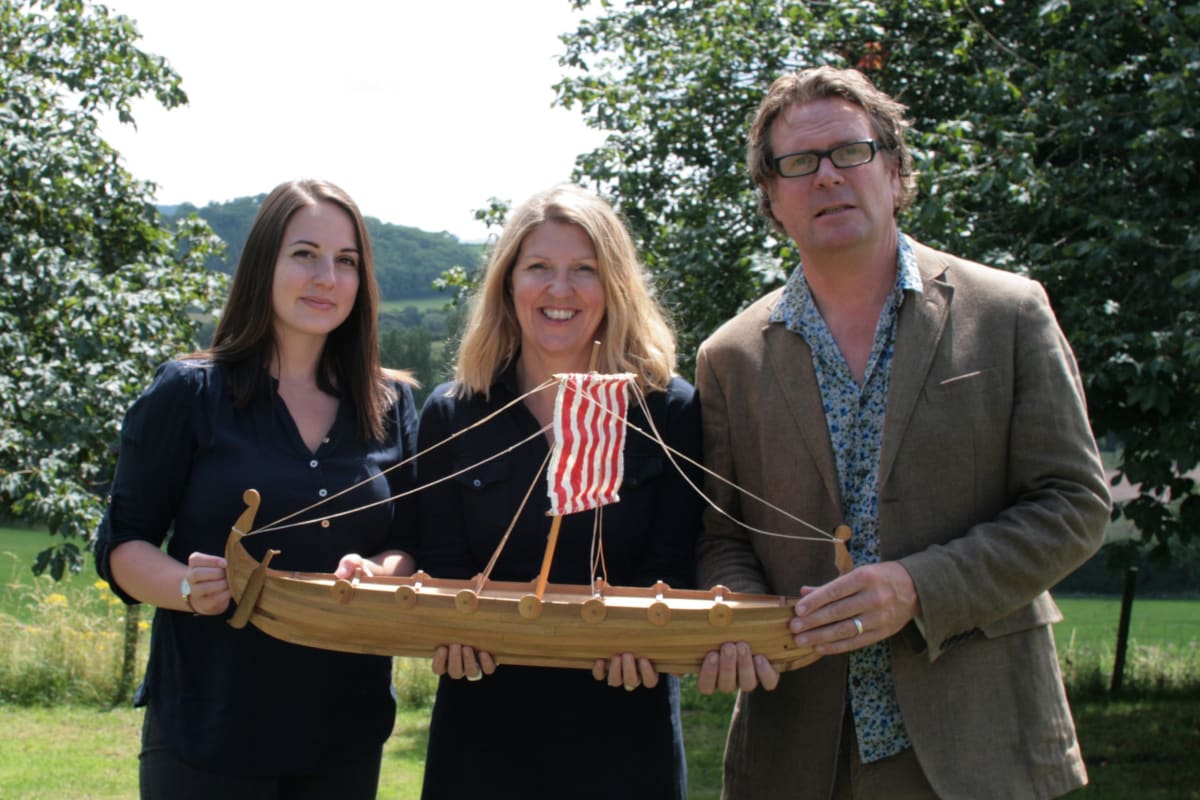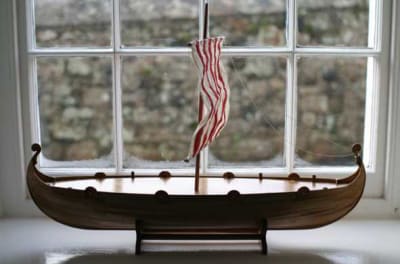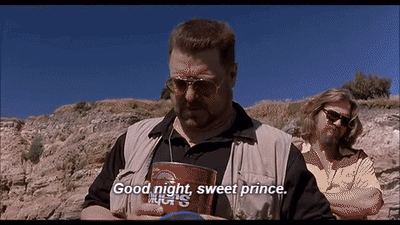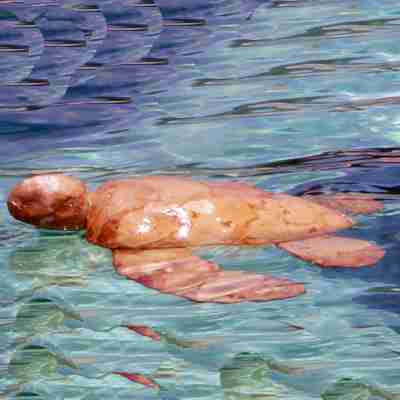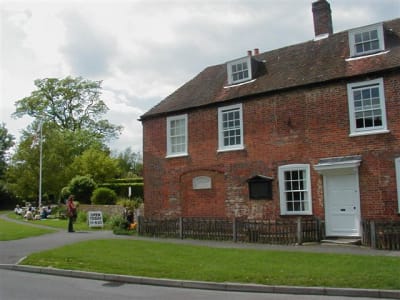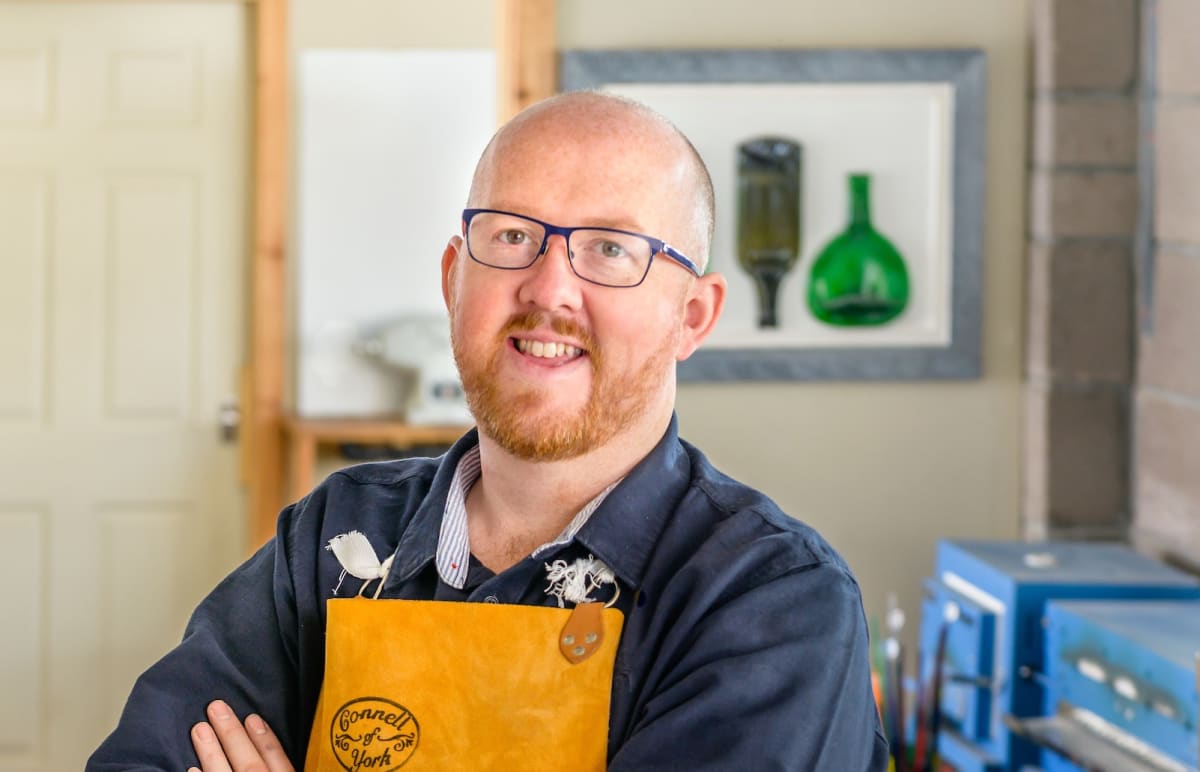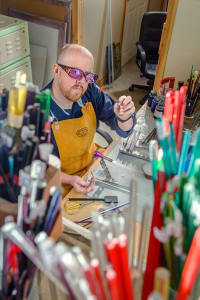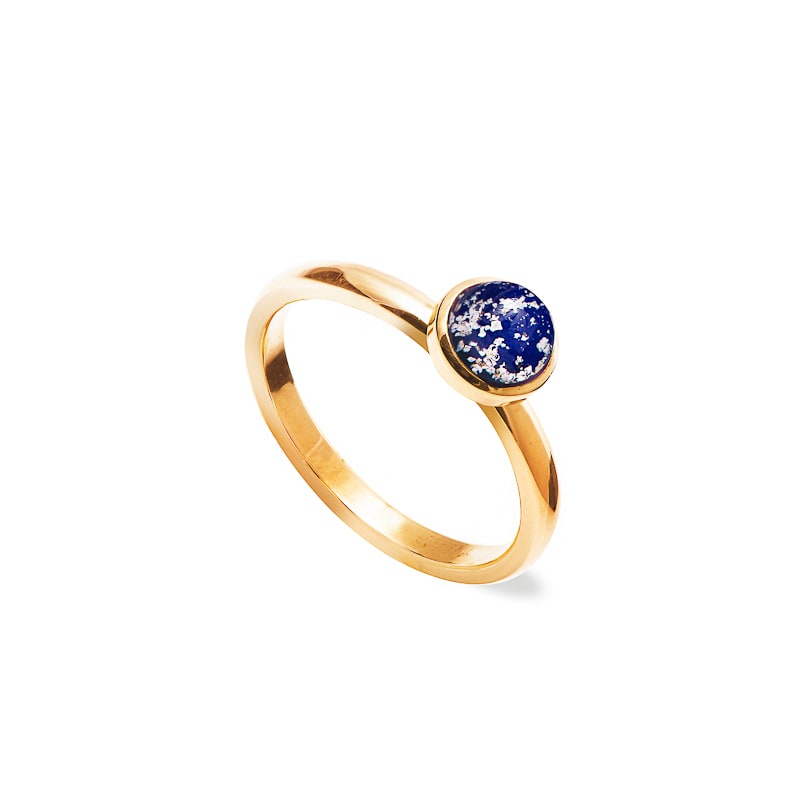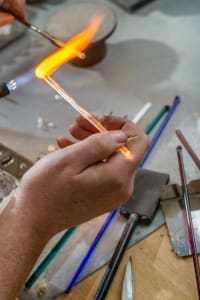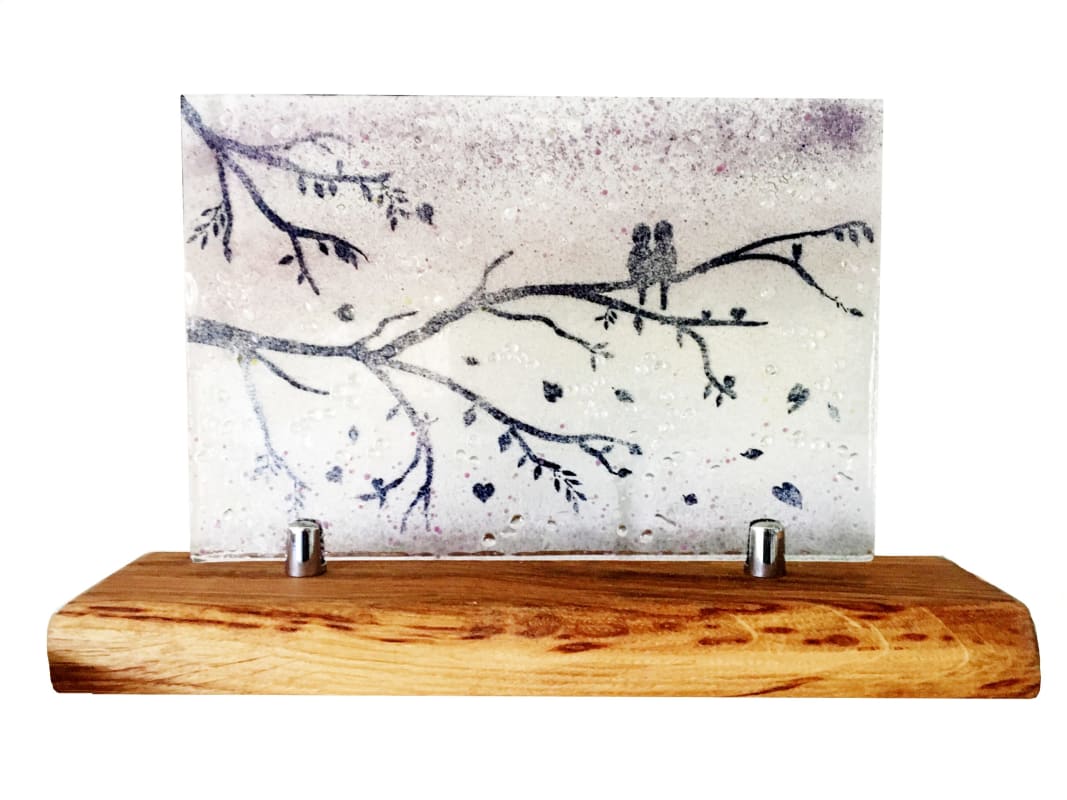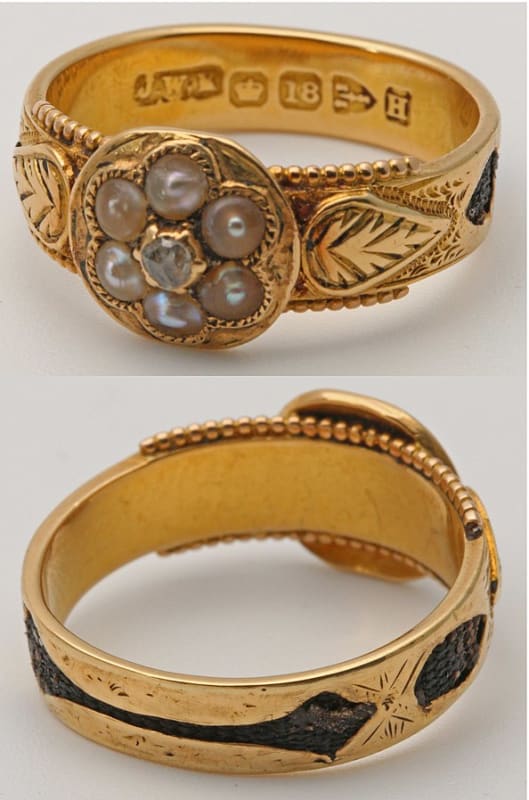
Continuing our exploration of the funeral industry and those who work within it, we’ve spoken with Zeleka Sutherland, the founder of Your White Room, a company that works with people nearing end of life and their loved ones to create a bespoke funeral which is reflective of their personality. The company focuses on providing a personalised and creative service that aims to accurately realise the wishes of the recently deceased and bereaved to create funerals that mean something to everyone involved. We caught up with Zeleka to find out how she approaches arranging a funeral.
What do you tell people when they ask you about what you do for a living?
I describe myself as a creative funeral planner who has a foundation in event planning. I studied media and event planning at university and I’ve been a freelance event planner ever since. The experience of my Nan passing away when I was 15, and other events after this led to me setting up Your White Room.
In the same way that a wedding planner works with a bride and groom to create a unique celebration of their love, Your White Room works with the recently bereaved and those planning for the inevitable to create a unique and reflective celebration of their life. The project involves supporting the recently bereaved, and helping to guide them through the funeral planning process to ensure it’s personal. We also help the living to make decisions about their own funerals by documenting their wishes in a personal funeral guide which empowers them, and helps their loved ones to make appropriate funeral arrangements in the eventuality of their death.
So, essentially, your aim is try and help people figure out what exactly they want from a funeral?
Yes! I am not a funeral director but I work closely with them and sometimes in place of them to bridge the gap between the practical and the personal. Normally, I am referred to a client after a funeral director has arranged the majority of the funeral, such as the cars and flowers etc., and I meet with them to arrange the funeral reception and take on all event management while adding personal elements.
I find that when you create the funeral whilst people are living, the event has a lot more impact. So, they tell us their wishes and we try and organise them to provide the most personalised service possible.

Do you feel there has been a move away from the traditional funerals towards people wanting to find something a little more personal and representative of their personality?
Yes, definitely but I think it’s also important to consider the torment many people go through when trying to arrange a funeral immediately after a loved one has died and to think about how things would be different if they were allowed to do it six to 12 months down the line. I think it would really highlight how big a part grief plays in the process.
Whilst we are grieving we are not able to think and react in the same way, so I think that’s why a lot more people are willing to think about their funeral wishes sooner. It makes for a much more personalised service, as well as saving your loved ones from having to organise everything themselves.
More people are open-minded to what is possible now too, allowing for much more personalisation. However, I do think people are still restricted somewhat by the traditional idea of a funeral and the thought of what they should be doing, which can often be the opposite of what that person actually wants. When somebody dies everyone has an opinion on what they think should happen and it’s all those conflicting ideas which can sometimes result in arguments and stress in the family.
When the person who has died hasn’t communicated what they would like their funeral to be, I guess it is understandable for families to go with a more traditional approach.
Yes, I think a lot of funeral directors still push a lot of the traditional elements of a funeral, but there are some that are a little more accommodating to new ideas and are willing to listen to families about their ideal funeral. A good funeral director is worth their weight in gold, but there are those who see it as a business first and view their clients as if on a conveyor belt. They will empathise, but will have a structure of how they do things, and getting them to include aspects of a funeral that are personalised and reflective of the deceased’s personality can be a struggle. People are not always made aware of the choices available to them and without that educational chat in the early stages they aren’t able to make informed decisions.
Do you find that you’re working with a lot of people looking to plan their own funeral or is a lot of your work with families dealing with a bereavement?
At the moment, I’d say there is a balance, although it does depend on the environment I’m in. For example, if I’m working with a hospice, a lot of people are approaching the end of their life so I’ll work with them to document their wishes within a manual to help their loved ones navigate through the funeral arranging process. Otherwise, it’s usually the case that someone has just lost someone dear to them and needs help with the arrangements.
If a client approaches me to arrange a funeral, I try to put them in touch with directors who do operate by a certain code of conduct, and those that I know will put the families first. I won’t refer anyone to a funeral director that I haven’t worked with before, and I always try and ensure that I give families more than one option so they can find a funeral director that works for them.
My role is to then get in touch with their chosen funeral director and ensure that there is a home visit. I also work with the family to make sure that they know what types of decisions they are going to have to make. This means it’s not a complete shock to them when they first meet the funeral director and they don’t end up feeling under pressure to make a decision.
I believe it’s something like 90% of families that end up going with the first funeral director they meet.
I think that’s true and about 70% based on recommendation or past involvement. I always advise my client that if they meet with a funeral director and feel comfortable and happy then they should go with them. However, a lot of the time it’s decided over the phone, which is why I always advise people to speak to at least two directors and look out for key signs. For example, the way a funeral director picks up the phone is so important and can give a good indication of how they are going to deal with you as a client.
The industry requires funeral directors to be extremely patient, and quite often clients have rung a funeral home to be met with quite an abrupt response. There are lots of little things that can be a great indication of whether or not they are a good fit, and it is so important for people to be comfortable, happy and feel in control when organising a funeral – my aim is to give them that insight.
What are the most memorable ceremonies that you have been involved in?
I have had clients who have asked to be taken to funerals in a specific car, or for everyone to wear a certain outfit. I documented the wishes of one client who wants everyone to be sat around the coffin on big purple bean bags – she wants to go away from tradition and be remembered for who she actually is.
Do you feel that those types of ceremonies are becoming more popular?
I feel that there are two kinds of people when it comes to funerals. Those that are very wary of discussing funeral planning and have very closed conversations on the topic, and those that have gone through the experience of lossare much more open and can give examples of how the whole process helped them in some way; and what they have learned from their previous experiences of bereavement and funerals.
For me, it’s important to get people to start talking about the topic of death as a way of removing the stigma surrounding it. Once you have those conversations, people start to see death as a part of life and understand that we do have an expiry date and that’s what makes life so meaningful.
Do you think it’s important to encourage funerals that help people move on?
A funeral is about the memory of the deceased and how that memory will live on in those that are left behind through the moments they shared in life; laughing, crying, living. Funerals are for the living…I’d say they’re less about moving on and more about moving past. Moving past the turmoil of loss to find comfort in the warmth of the memories which will continue to thrive within us. The worst thing is when you go to a funeral and end up feeling worse than before, though unfortunately this is unavoidable in some cases. People tend to forget that as well as a feeling of sadness, they should feel an element of joy and perhaps of appreciation and understanding too.
Thanks for your time Zeleka.
When you’re arranging a funeral you are free to use the services of a funeral planner alongside the funeral director who you choose. You can also use a funeral planner within your own funeral plan, though it’s a good idea to speak with them before purchasing a funeral plan.

